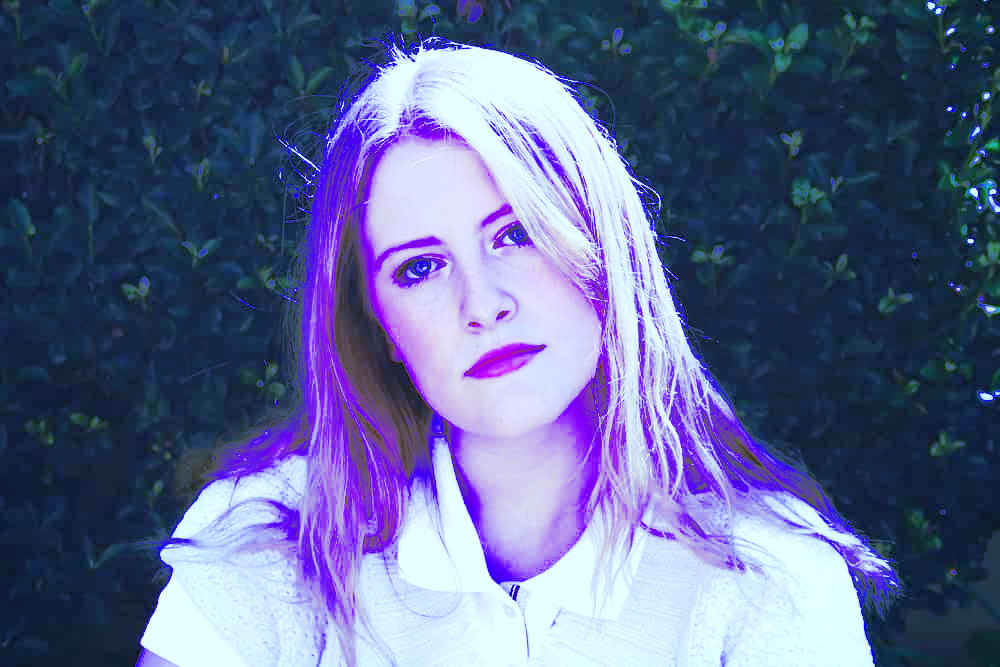The steel inside your thinning shears determines how sharp they feel, how long they last, and how often you need to sharpen them. Use this guide to decode steel grades, hardness (HRC), and coatings so you can buy with confidence.
Key factors influenced by steel quality
- Edge sharpness & retention – harder steel keeps a crisp edge longer.
- Ease of sharpening – softer steel is simpler to service but dulls faster.
- Corrosion resistance – important in humid Australian salons.
- Weight & balance – premium steel allows lighter, balanced designs.
Hardness (HRC) cheat sheet
| Rockwell (HRC) | Performance | Typical price (AUD) | |—|—|—| | 50–55 | Entry level, dulls quickly | $50–$150 | | 55–57 | Student/backup tools | $100–$250 | | 57–59 | Mid-tier, easy to sharpen | $150–$350 | | 58–60 | Professional everyday use | $250–$600 | | 60–62 | Premium Japanese steel | $350–$1,000 | | 62+ | Specialist/powder steels | $700–$1,500 |
Aim for 58 HRC or higher for daily professional use. Anything below 57 HRC will blunt quickly in a busy salon.
Common steel grades explained
- 440A / 420J – budget stainless, good for students and mannequins.
- 440C – widely used professional stainless (58–59 HRC). Reliable and cost-effective.
- VG10 / VG10W – Japanese cobalt steel (60–61 HRC). Excellent edge retention and corrosion resistance.
- Hitachi ATS-314 (ATS314) – premium cobalt alloy (60–62 HRC). Preferred for Japanese shears like Yasaka.
- Takefu SLD / Powder steels – ultra-fine grain steels (62+ HRC). Razor sharp but pricier.
- German chromium steel (e.g., CM55) – durable and stable, used by Jaguar Solingen.
Titanium and coatings
- Titanium coating adds hypoallergenic benefits and scratch resistance but doesn’t change the core steel hardness.
- Rose gold/PVD coatings provide cosmetic protection; performance depends on the underlying steel.
- Powder metallurgy steels offer superb hardness and corrosion resistance but require specialist sharpening.
Matching steel to your needs
- High-volume salons/barbershops: choose VG10, ATS-314, or comparable 60+ HRC steels for long edge life.
- Apprentices & training: 440C or German stainless (57–59 HRC) balances price and durability.
- Sensitive skin / colour-heavy studios: titanium-coated VG10 keeps the finish hypoallergenic and stain-resistant.
- Mobile stylists: lightweight steels (VG10, cobalt blends) reduce fatigue while travelling between clients.
Maintenance tips to protect your investment
- Wipe and dry blades after every client; oils and moisture cause corrosion even on stainless steels.
- Oil the pivot daily—two drops keep the action smooth and protect the joint.
- Store shears in a protective case; avoid tossing them into drawers or bags.
- Use professional sharpeners familiar with hairdressing shears—never knife sharpeners.
- Schedule sharpening according to steel hardness: every 9–12 months for VG10/ATS-314, every 6–9 months for 440C.
Frequently asked questions
- Is titanium better than steel? Titanium is used as a coating; the underlying steel delivers the cutting performance.
- What about Damascus? Modern “Damascus” shears feature decorative layering—the core cutting steel still determines performance.
- How do I avoid cheap steel? Buy from trusted suppliers, check the HRC rating, and steer clear of unbranded marketplace listings.
Final recommendation
Invest in shears with at least 58 HRC and from a reputable brand with local servicing. For Australian professionals, VG10, ATS-314, and high-grade German chromium steels offer the best balance of sharpness, durability, and maintenance. Need help selecting the right combination? Contact us for a tailored shortlist.
